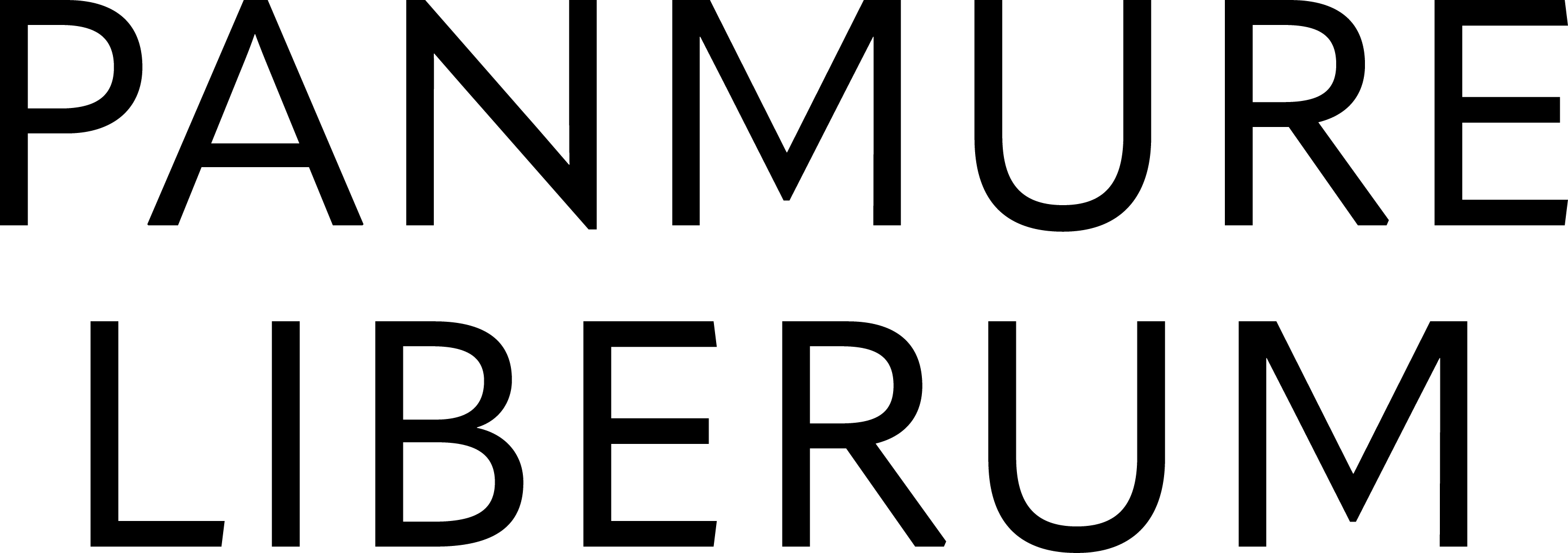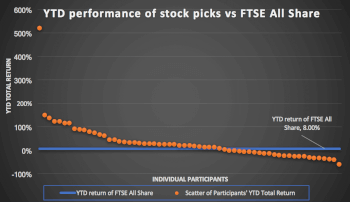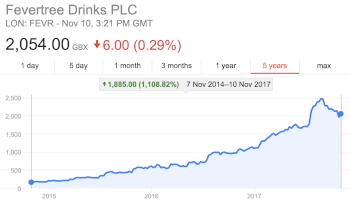IQE’s pre-close trading update noted that management expects FY17 revenues to be ahead of market expectations. Noting that the upgrade is driven by delivery of volume epitaxy on a programme that we infer is the new iPhone X, a programme which will continue throughout FY18, we raise our revenue estimates for both FY17 and FY18, but keep EPS numbers unchanged as the proportion of licence revenues in the mix is lower.

02 Jan 2018
IQE - VCSEL growth underpins revenue upgrade

Sign up for free to access
Get access to the latest equity research in real-time from 12 commissioned providers.
Get access to the latest equity research in real-time from 12 commissioned providers.
IQE - VCSEL growth underpins revenue upgrade
IQE plc (IQE:LON) | 10.2 0 (-0.4%) | Mkt Cap: 99.2m
- Published:
02 Jan 2018 -
Author:
Anne Margaret Crow -
Pages:
3 -

IQE’s pre-close trading update noted that management expects FY17 revenues to be ahead of market expectations. Noting that the upgrade is driven by delivery of volume epitaxy on a programme that we infer is the new iPhone X, a programme which will continue throughout FY18, we raise our revenue estimates for both FY17 and FY18, but keep EPS numbers unchanged as the proportion of licence revenues in the mix is lower.





